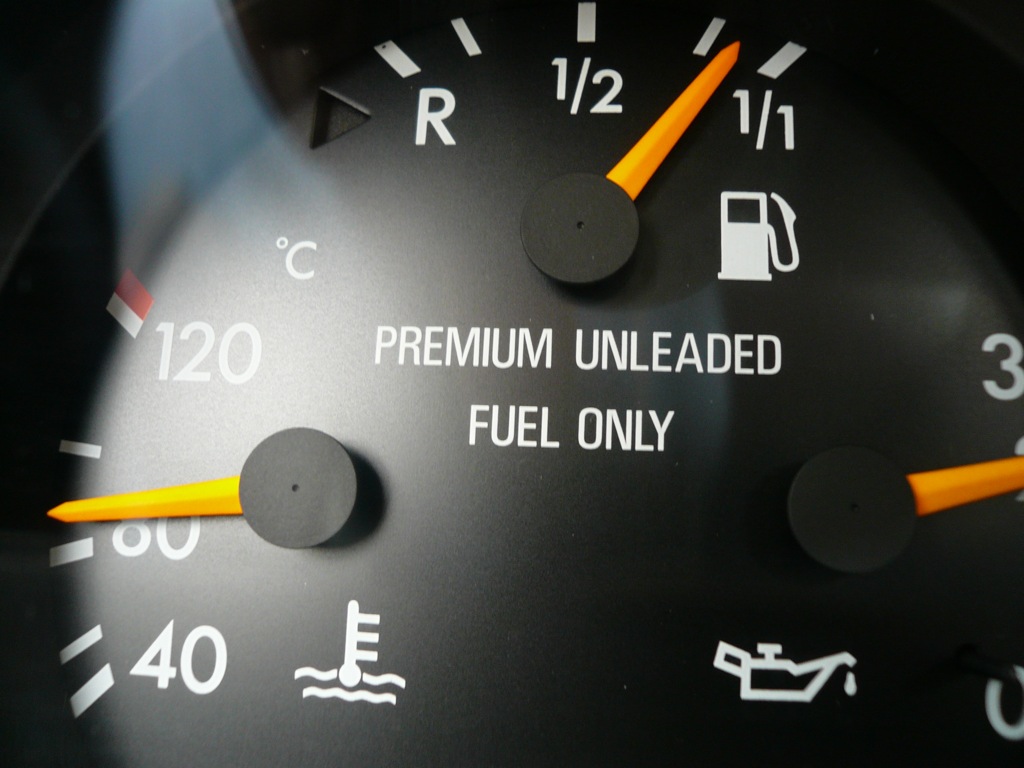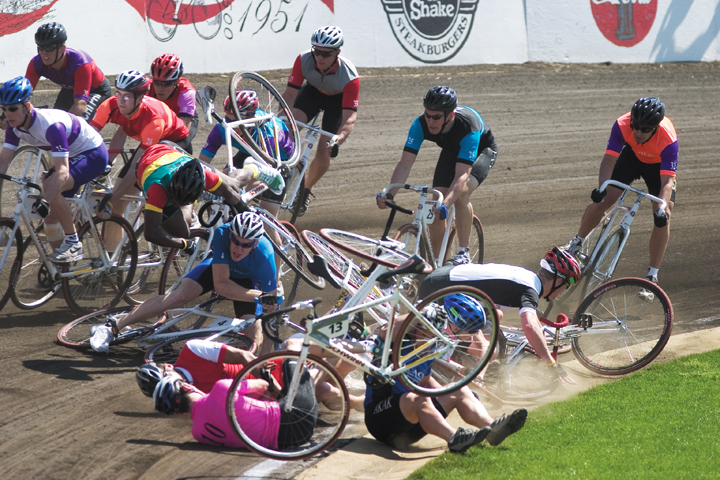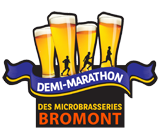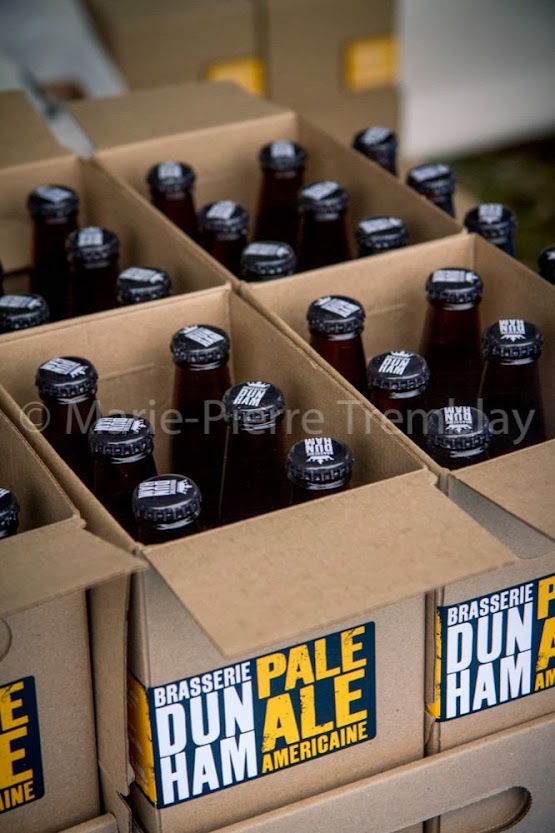"There are two types of riders; Those who have gone down, and those who will"
I don't remember where I heard this adage, intended to reference motorcycle riders, but I feel that it applies perfectly well to cyclists as well. Everyone has a story about either a close call or an actual spill. As an ICEdot athlete, I thought it would be appropriate to share some of my more memorable accidents (yeah, there's been a few).
My funniest falls were probably back when I just started getting into road cycling, specifically when I made the big switch to clipless pedals. When I got them, I was worried that I would't unclip in a high speed accident and risk breaking my leg. The salesmen assured me that wouldn't happen and that they were designed to unclip in that situation. What he didn't tell me was the risk of not unclipping when barely moving. Yup, the first few falls on my brand new bikes were a very slow teeter and collapse while rolling to a slow stop. Literally barely moving, a wobble as I failed to unclip, and just toppled over. Honestly it barely even hurt. Might have bruised my ego more than anything. One time though this happened near an intersection as a city bus was turning and I nearly ended up under of it's wheels. That was pretty scary. Lesson learned from these few falls was that it was pretty important to make sure that I got good at unclipping my pedals quickly and smoothly to make sure I don't look this silly again.
I've also had some more serious falls. One happened to me towards the end of last season, that left me pretty banged up. I was on a long ride, actually coming back from the shop where I bought my bike, having just received a quick tuneup. I was in an area that I'm not entirely familar with, and though i knew I had to get up onto a bridge, and saw it, I wasn't sure where the best place was to get up. Thinking I saw a way, I rode quickly across an empty parking lot. While turning, I was looking up at the bridge to follow the road, and didn't see a small patch of sand. As soon as I rode over it, my wheels went out from under me, I fell, and my bike continued another 10 feet (notice how my shoes unclipped though!). I was on the ground in pain for a minute or so when a women who was waiting at a nearby busstop ran over, telling me that she "heard" the fall. Because I was turning, I mostly hit my side. I ended up with a nice bruise on my hip that lasted over a year, wolverine-style scraps on my arms, and some nice road-rash on my legs/knees. Though it's hard to say because it happened so fast,, I'm pretty sure I hit my helmet to the ground, which is what I think the woman heard Overall, I still consider myself lucky to have walked away without breaking anything
My accidents have been pretty tame compared to some of the high-speed wipe outs my friends have told me about, which is why I'm glad to be part of the ICEdot team and to use their system. Accidents happen, and if they do, it's important that everyone has your information.
Feel free to share some of your famous fails!



























.JPG)

.png)






